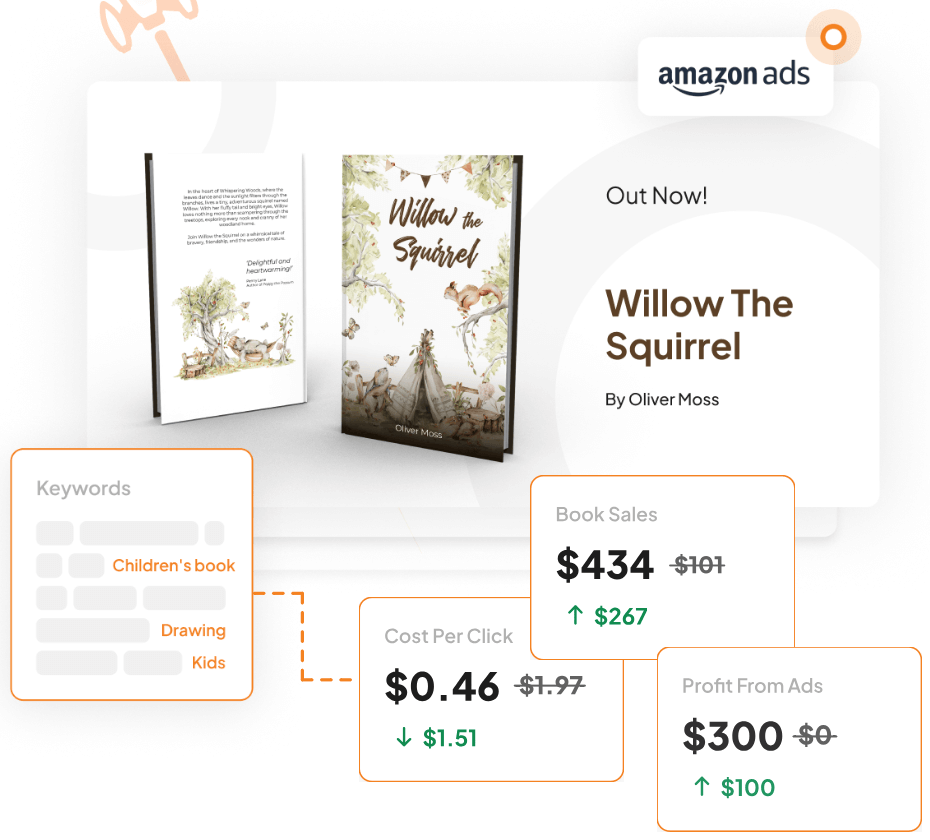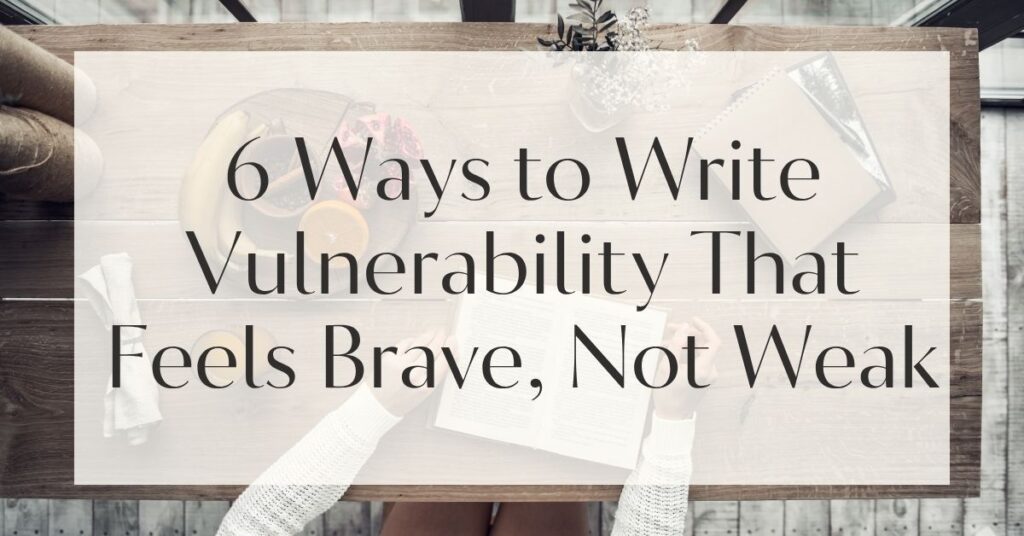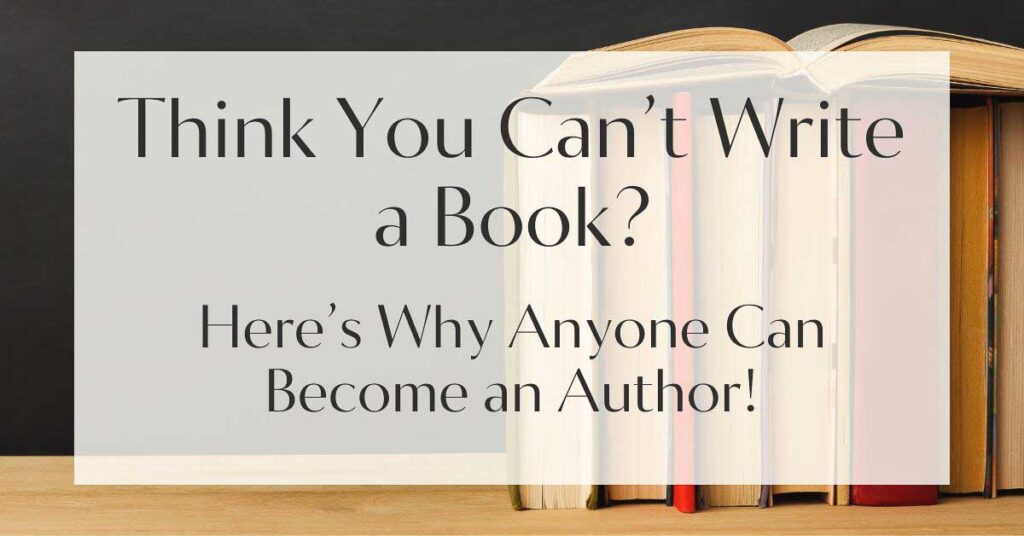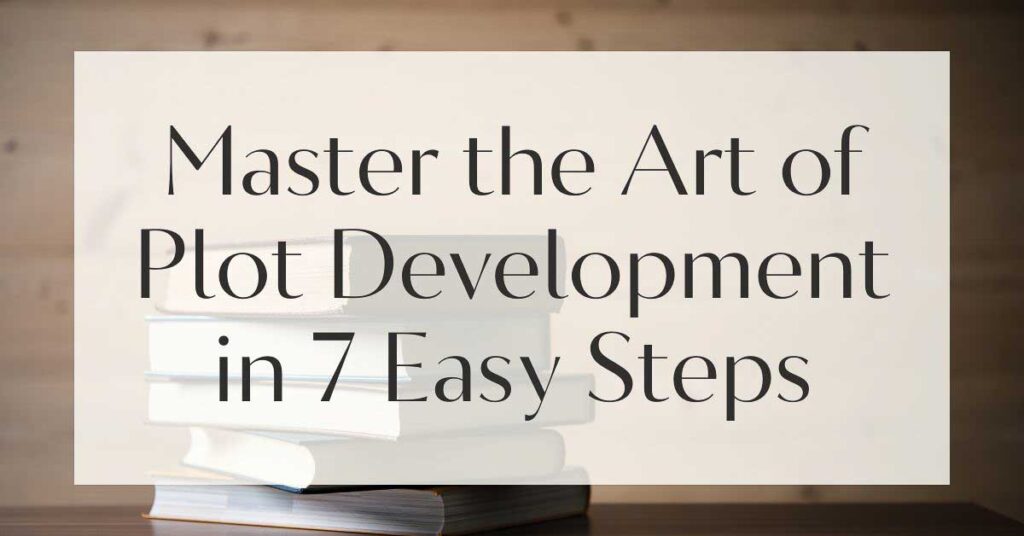Imagine standing on a stage, the spotlight illuminating your every flaw and strength. Writing vulnerability is akin to that moment of exposure, where the heart races with the fear of judgment yet beats with the courage of authenticity.
In a world that often misconstrues vulnerability as weakness, this guide seeks to redefine it as a profound act of bravery. Through these steps, you’ll learn to wield vulnerability as a powerful tool in your writing, transforming it into a beacon of strength and connection.
Prepare to embark on a journey that not only enhances your storytelling techniques but also deepens your personal development.
Understanding Vulnerability in Writing
Vulnerability in writing is not merely about baring one’s soul; it’s about inviting readers into the raw, unedited spaces of your life.
It’s the art of laying down the armor and speaking truths that resonate universally. In a culture that often prioritizes perfection, writing vulnerability becomes a radical act of defiance against superficiality.
The Power of Vulnerability
Vulnerability holds transformative power in storytelling. It connects the writer and reader on an emotional plane, transcending the superficial layers of prose.
When writers embrace their own stories with honesty, they create narratives that are not only relatable but also profoundly impactful. This authenticity invites readers to reflect on their own lives, fostering a sense of shared humanity.
Remember, vulnerability is not about revealing everything. It’s about sharing enough to create a connection while maintaining personal boundaries.
Common Misconceptions About Vulnerability
Many view vulnerability as a sign of weakness, a crack in the facade that others might exploit. However, this misconception overlooks the courage required to expose one’s true self.
Vulnerability is not about oversharing or seeking sympathy; it’s about authenticity and the willingness to be seen as you are. By embracing vulnerability, writers can dismantle the barriers of shame and fear that often hinder genuine expression.
The Courage to Be Vulnerable
Courage is the silent force that propels us into the realm of vulnerability. It’s the inner resolve that whispers, “Share your truth, even if your voice trembles.” Embracing vulnerability requires a redefinition of courage, one that aligns with personal integrity and authenticity.

Why Vulnerability is a Strength
Vulnerability, often mistaken for fragility, is a cornerstone of strength. It takes immense courage to face the unknown, to share stories that reveal our imperfections and dreams.
This strength lies in the acceptance of one’s whole self, including the parts that society might deem unworthy. By embracing vulnerability, writers empower themselves and their readers, creating a ripple effect of authenticity.
Embracing Fear and Uncertainty
Fear and uncertainty are natural companions on the journey of vulnerability. They are the shadows that linger, whispering doubts and hesitations.
Yet, it is in the face of these shadows that true courage emerges. Embracing fear means acknowledging its presence without allowing it to dictate your actions. It’s about stepping into the unknown with the understanding that growth often resides on the other side of discomfort.
Practice mindfulness to navigate fear. Ground yourself in the present moment, allowing fear to pass through without taking hold.
6 Strategies for Writing Vulnerability
Writing vulnerability requires a deliberate approach, blending introspection with strategic expression. These six strategies offer a roadmap to craft narratives that resonate deeply and authentically.
Feeling lost with your debut novel?
Fiverr Pro connects you with expert editors, designers, and marketers – everything you need to get your book ready for success!

1. Self-Reflection: Know Your Story
Begin with self-reflection, the cornerstone of writing vulnerability. Dive into your personal history, exploring the moments that shaped your identity.
Reflect on the stories you wish to tell, identifying the emotions and experiences that carry the most weight. This introspective journey allows you to understand your narrative before sharing it with the world.
Consider journaling as a tool for self-reflection. Writing without the pressure of an audience allows you to explore your thoughts freely, unearthing insights that might otherwise remain buried. This practice not only clarifies your story but also builds confidence in your voice.
2. Identify Your Audience: Who Will Connect?
Understanding your audience is crucial in brave writing. Consider who will benefit from your story and tailor your message to resonate with them.
Are you writing for those who have faced similar challenges, or are you reaching out to inspire a broader audience? Identifying your audience helps refine your narrative, ensuring it lands with the intended impact.
Start by sharing your story with a small, supportive group. Their feedback can provide valuable insights into how your narrative is received.

3. Crafting Your Narrative with Purpose
Every story has a purpose, a message that drives its creation. Define the purpose of your narrative, whether it’s to inspire, educate, or connect.
This clarity guides your storytelling techniques, ensuring each element serves the overarching goal. A purposeful narrative not only captivates readers but also provides a sense of direction for the writer.
When crafting your narrative, focus on the emotional journey rather than just the events. Highlight the lessons learned and the transformation undergone. This approach creates a narrative arc that resonates deeply with readers, offering them both entertainment and insight.
4. Selective Sharing: When to Hold Back
Not every detail needs to be shared. Selective sharing is an essential component of writing vulnerability.
It involves discerning which parts of your story serve the narrative and which might overwhelm or detract from the message. This balance respects both your boundaries and the reader’s experience.
Use metaphors or general terms to convey sensitive topics without delving into specifics. This technique allows you to maintain authenticity while protecting your privacy and the privacy of others involved.
5. Prepare for Feedback: Embracing Responses
Feedback is an inevitable part of sharing your work. Prepare yourself for a range of responses, from praise to critique. Embrace feedback as an opportunity for growth rather than a judgment of your worth. Constructive criticism can enhance your storytelling techniques, while positive feedback affirms your efforts.
Develop a support system of trusted individuals who can provide honest feedback. Their perspectives can help refine your narrative without compromising your vision.
No marketing platform? No social following? No problem!
Publisher Rocket helps you market your debut novel like a pro.
It’s a gamechanger for debut authors – try it today!


6. Cultivate Your Creative Practice: Daily Habits
Consistency is key in honing your craft. Cultivate daily habits that nurture your creativity and support your writing journey. Whether it’s setting aside time for freewriting, engaging in creative exercises, or simply reflecting on your progress, these practices strengthen your connection to your work.
Consider incorporating mindfulness or meditation into your routine. These practices can clear mental clutter, allowing your authentic voice to emerge more freely in your writing.
Building Confidence Through Vulnerability
Confidence and vulnerability are not mutually exclusive; they coexist in a dynamic interplay. As you embrace vulnerability, you’ll find your confidence growing, rooted in the authenticity of your expression. This confidence empowers you to navigate the complexities of storytelling with grace and resilience.

Overcoming the Fear of Judgment
Fear of judgment is a common barrier to brave writing. Overcoming this fear involves shifting your focus from external validation to internal fulfillment.
Recognize that vulnerability invites a spectrum of responses, and not all will be positive. However, the courage to share your truth outweighs the fear of critique.
Visualize your narrative as a gift to the world. This perspective transforms vulnerability into an act of generosity, where your story becomes a beacon of hope and connection for others.
Finding Your Authentic Voice
Your authentic voice is the essence of your storytelling. It’s the unique blend of experiences, emotions, and insights that only you can offer. Finding this voice requires patience and experimentation, allowing your true self to emerge through the words you choose and the stories you tell.
Experiment with different styles and genres to discover what resonates most with you. This exploration not only refines your voice but also enhances your versatility as a writer.
The Transformative Impact of Vulnerable Writing
Vulnerable writing holds the power to transform both the writer and the reader. It bridges the gap between individual experiences and universal truths, creating a tapestry of connection and understanding. Through vulnerability, writers become conduits of healing and inspiration.
Feeling lost with your debut novel?
Fiverr Pro connects you with expert editors, designers, and marketers – everything you need to get your book ready for success!

Healing Through Storytelling
Storytelling is a cathartic process, offering a space for healing and reflection. As you share your narrative, you release the weight of unspoken truths and unresolved emotions. This act of liberation not only benefits you but also resonates with readers who may be navigating similar journeys.
Approach storytelling as a dialogue between your past and present self. This perspective fosters compassion and understanding, both for yourself and your readers.
Creating Connections with Readers
Vulnerable writing fosters genuine connections with readers. It invites them to see themselves in your story, to find solace in shared struggles and triumphs. This connection transcends the page, creating a community of empathy and support.
Encourage reader interaction by posing questions or inviting them to share their own stories. This engagement transforms your narrative into a collaborative experience, enriching both your journey and theirs.

Inspiring Examples of Brave Writing
Throughout history, writers have harnessed vulnerability to create impactful works that resonate across time and culture. These examples serve as beacons of inspiration, reminding us of the power of authenticity in storytelling.
Real-Life Stories of Vulnerable Authors
Authors like Brené Brown and Roxane Gay have redefined vulnerability through their work.
Brown’s exploration of vulnerability as a strength has resonated globally, while Gay’s candid narratives challenge societal norms and invite readers to embrace their complexities. These authors exemplify the transformative impact of writing vulnerability.
Lessons Learned from Their Journeys
From these authors, we learn the importance of authenticity and courage in storytelling. Their journeys remind us that vulnerability is not a destination but a continuous process of growth and discovery. By embracing their lessons, we can navigate our own writing paths with renewed vigor and purpose.
Your Path Forward: Embracing Vulnerability in Your Writing Journey
As you embark on your writing journey, remember that vulnerability is not a one-time act but a lifelong commitment to authenticity. Set goals that align with your values, and embrace the courage to share your truth, knowing that your story holds the power to inspire and connect.
Setting Goals for Your Writing Practice
Define clear goals for your writing practice, whether it’s completing a manuscript, publishing an article, or simply writing consistently. These goals provide direction and motivation, guiding your creative journey toward meaningful achievements.
Consider setting both short-term and long-term goals. Short-term goals offer immediate gratification and momentum, while long-term goals provide a vision for your writing’s impact.
Encouragement to Share Your Story
Your story is a gift to the world, a testament to the resilience of the human spirit. Embrace the courage to share it, knowing that your vulnerability can light the way for others.
As you write, remember that you are not alone; you are part of a community of brave storytellers, each contributing to the tapestry of human experience.
In the words of Brené Brown, “Vulnerability is not weakness; it’s our greatest measure of courage.” Let this guide be your companion as you navigate the path of writing vulnerability, transforming your narratives into powerful testaments of bravery and connection.








